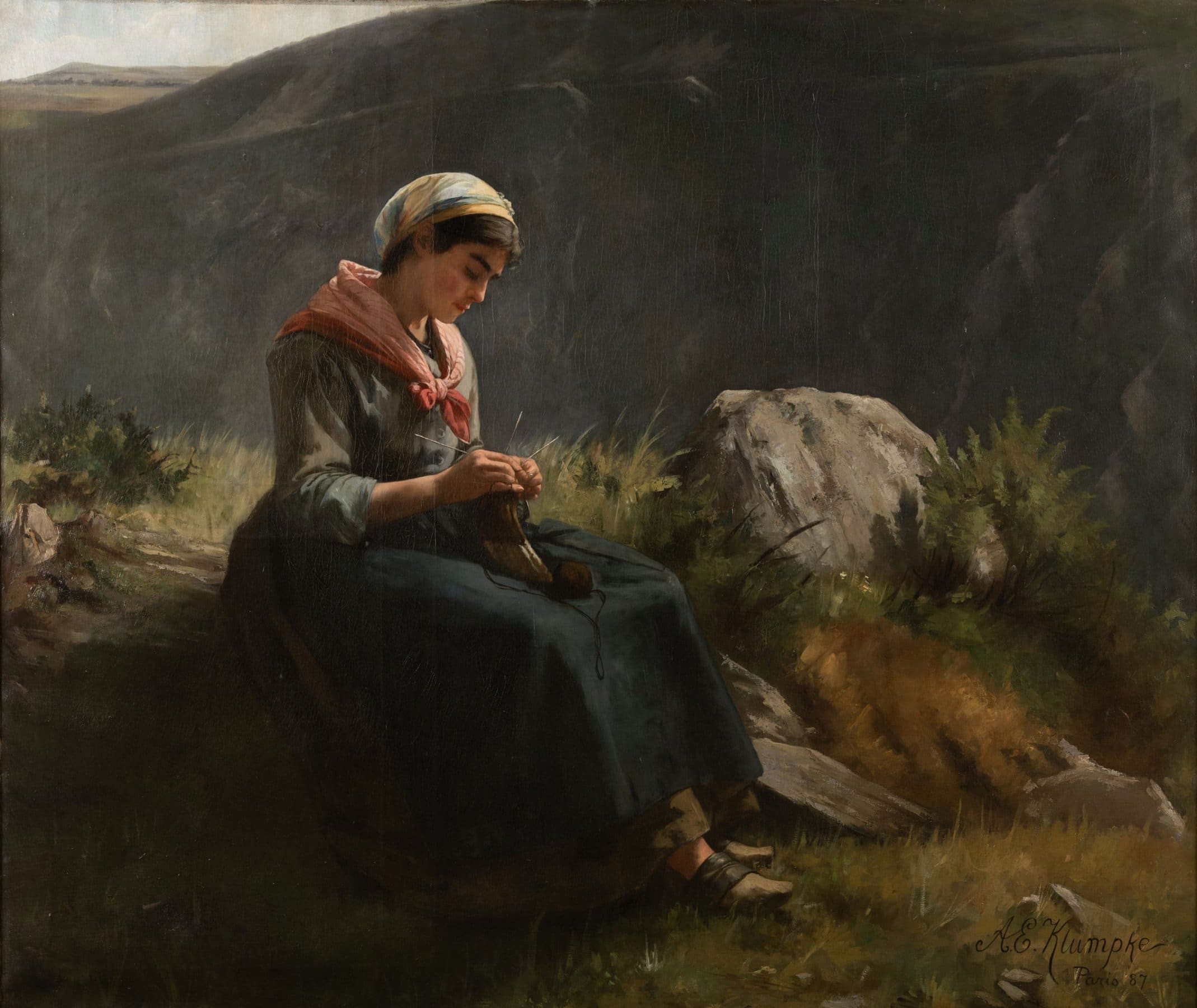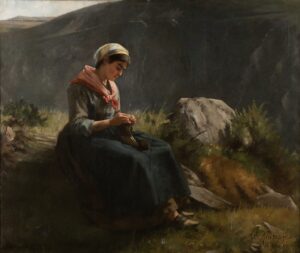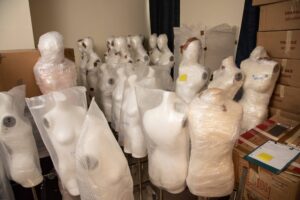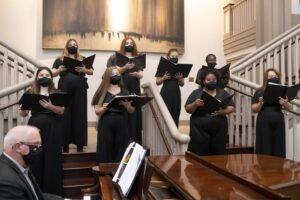
Encouraged by an independent, educationally oriented mother, Anna Elizabeth Klumpke was a copyist in the Luxembourg Museum and studied at the Académie Julien in Paris. She enjoyed an education guided by the concept that women artists could compete with their male counterparts.
In her memoirs of 1940, Klumpke cites a most influential moment in her childhood: receiving the gift of a Rosa Bonheur doll. Her admiration of Bonheur, the French painter of animals, led her to paint the aging woman’s portrait — which is considered a companion piece to her portrait of leading suffragist Elizabeth Cady Stanton.

The time that Klumpke spent with Bonheur in By, France, subsequently led to her commitment to being the older artist’s lady companion and biographer. After Bonheur’s death, Klumpke was entrusted with the dispensation of the artist’s estate. The Bonheur chateau was a convalescent home for the wounded during World War I, an established neutral zone protected by an American flag fashioned out of the material of Bonheur’s blouse.
Catinou Knitting (Catinou may be the name of the sitter) was executed during Klumpke’s residency in Paris, after her educational experiences at the Academie. She dedicated this scene of a French peasant girl to her father. Its ambitious size and delicacy of form reflect both the independent spirit of the artist and her training in the French academic tradition.

